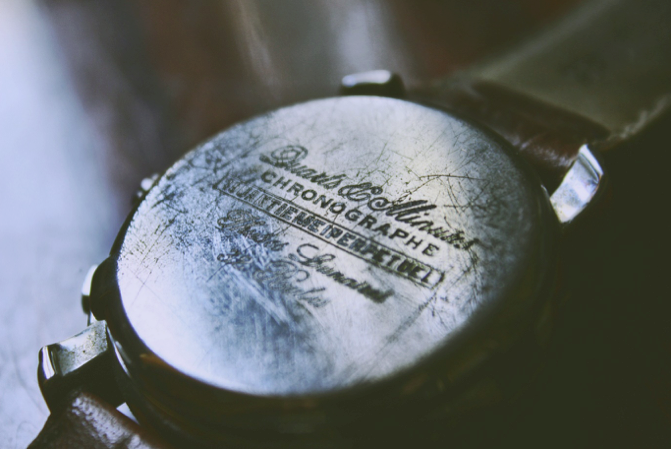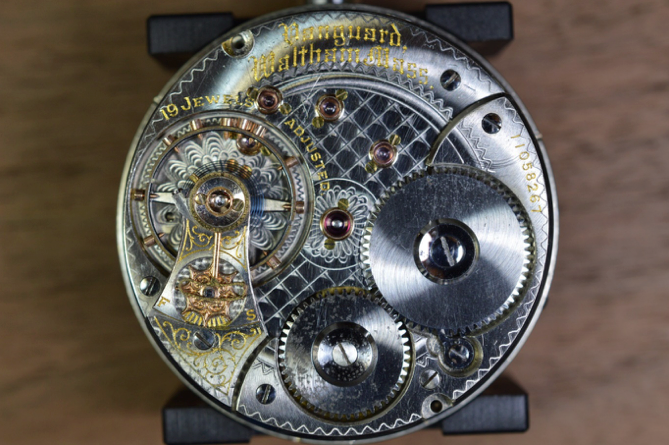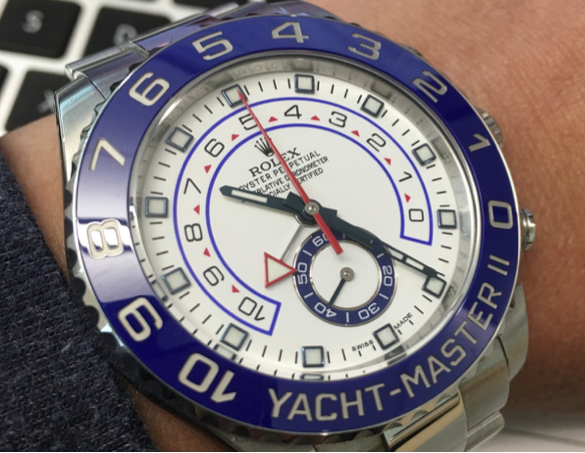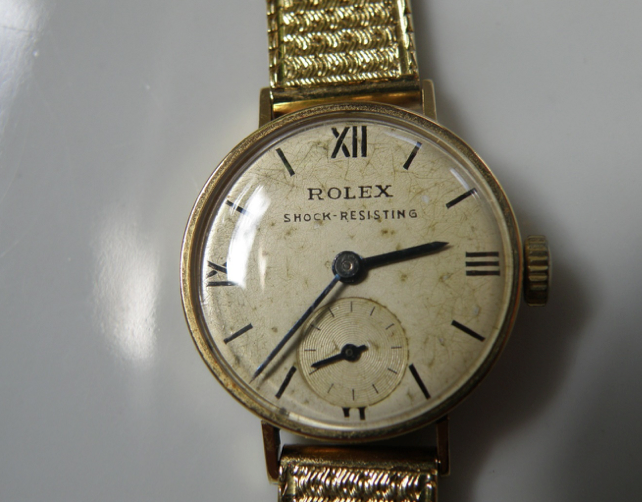What vintage watches are worth buying?
Is that unusual vintage watch you’ve unearthed at a boot sale a diamond in the rough, or just another run-of-the-mill design? James Mainwaring, a watch expert at pre-owned specialists Est.1897, shares his expertise on how to identify rare, unique, and antique timepieces.
Guide to buying vintage watches
 There’s something undeniably thrilling about finding a quality vintage or pre-owned watch. But, sourcing the best models isn’t an exact science, and it can be tricky for those just getting started.
There’s something undeniably thrilling about finding a quality vintage or pre-owned watch. But, sourcing the best models isn’t an exact science, and it can be tricky for those just getting started.
Whether you’re looking to make an investment, expand your collection, or just want to identify and value an old family heirloom, this guide will tell you how to discern the rarity of a watch, and whether it might be valuable.
Just read on to learn everything you need to know, including the special features that could indicate you have an especially unique piece on your hands.
Identify the age of the watch
First, you’ll need to know the difference between an antique and a vintage watch. A vintage watch is usually considered to be one that’s at least 25 years old, while an antique piece is something which is over 100 years old.
Of course, newer designs can still be highly valuable, but this is more likely to be because there was a limited production run, or because the materials used were of exceptional quality.
You can sometimes use a serial number to find out the precise age of a watch. This is especially useful as it may help you discover how many of each model were produced, which may give you an idea of it’s value.
Understand the value of watch movements
 You should also consider the watch movement — that is, the moving parts inside the casing.
You should also consider the watch movement — that is, the moving parts inside the casing.
When looking for rare or collectible items, a mechanical watch movement (seen left) is usually the most desirable, owing to the time-intensive crafting process.
While certain quartz watches — where the movement is powered by a battery and regulated by a quartz crystal — may still fetch a high price, especially if they’re crafted from unique materials or a particularly rare design, they tend to be less collectible, as they are less labour-intensive to produce.
Understand the value of certain materials
The value of a precious metal is relative to the age of the watch, so it pays to know this information first.
If a watch was produced after 1985, then it’s likely that platinum is the most desirable and valuable material, followed by white, pink, and yellow golds.
It’s not necessarily the most expensive precious metals that always carry the highest value. Remember that, when we talk about the value of a watch, scarcity and rarity are often a greater factor in deciding its value than the cost of the precious metals used in its construction. For instance, a steel chronograph watch from the 1940s could be much more desirable than a gold one, owing to the relative scarcity of that design.
Remember to look for materials that are no longer in circulation: discontinued materials like red coral or Burmese rubies will all increase the value of a timepiece.
Consider the watch manufacturer
If you do your research, you’re likely to find it easier to spot a rare piece much more easily.
Rolex, Omega, Bulova, Hamilton, and Patek Philippe are all sought-after brands that are always in demand and likely to increase in value, but don’t forget to look for reputable brands that are no longer in production, too. For example, manufacturers like Elgin no longer operate, meaning there’s only a finite number of their designs left.
Specialist features
 In addition to the brand, you should also look for any specialist features that may mark the watch apart. The bezel — the rotating ring around the dial— is often used to provide the watch with a secondary function.
In addition to the brand, you should also look for any specialist features that may mark the watch apart. The bezel — the rotating ring around the dial— is often used to provide the watch with a secondary function.
For instance, the Rolex Yachtmaster (seen right) features a bezel that can be used as a countdown timer during regattas.
There are countless bezels for a huge range of different functions, and those with complex or rare functions can mark a watch out as a special find. Identifying different bezels can be tricky if you don’t understand their intended function, so take this quick guide from Crave can help you find out more.
Don’t discount visibly aged watches – they may be valuable
Should you find an antique by a reputable brand that’s in less than mint condition, don’t be put off: it could be worth more than you thought.
While it may seem counter-intuitive, watches with nicks, fading, scratches, and other signs of wear aren’t necessarily less valuable.
Honest patina
 In recent years, collectable timepieces which still bear the ‘honest patina’ of age have grown in popularity, with many collectors increasingly favouring originality over restoration, according to a report by expert auctioneers Christie’s. So, even if your vintage find is in less than mint condition, it could still be a highly desirable watch with great re-sale value.
In recent years, collectable timepieces which still bear the ‘honest patina’ of age have grown in popularity, with many collectors increasingly favouring originality over restoration, according to a report by expert auctioneers Christie’s. So, even if your vintage find is in less than mint condition, it could still be a highly desirable watch with great re-sale value.
Signs of the times
When shopping for watches in less than perfect condition, look out for items that have aged in unusual ways. Certain signs of age are of particular interest to collectors, so keep an eye out for these imperfections:
- A faded patina on the dial: A black dial that has faded to brown — sometimes called a ‘tropical’ brown fading pattern — is especially desirable at the moment.
- Discoloured or unusual luminous paint on the dial and hands, including bright orange or green paint.
- Unusual patina on the dial: Heat and moisture inside the casing can create unusual patterns and colourings on the dial, which many collectors will prize for their unique appearance.
- Sports watches and other specialist timepieces: Signs of wear are especially favoured, so look out for Omega Speedmaster and Rolex Submariner watches. Designed for action, any visible signs of wear are often considered to be part of the eventful history of the piece.

